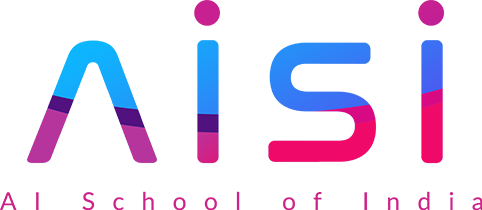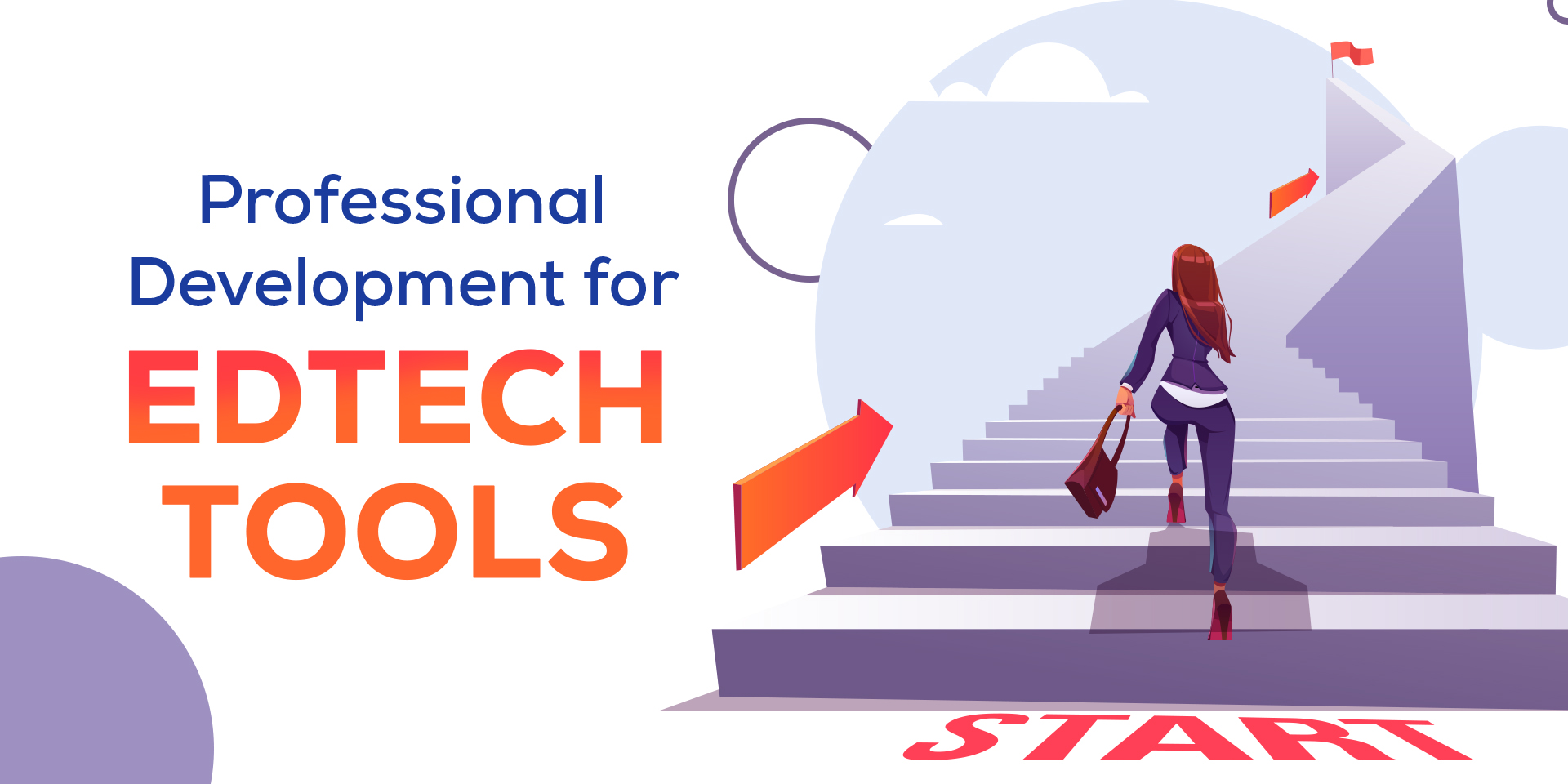Professional learning and development of teachers is challenging in today’s fast-paced world. Most schools are unable to provide technology training to their teachers, mainly due to lack of time and finances. Professional development courses are expensive. Also, the limited time and resources are the main constraints for schools. Although some schools and educational institutions conduct a one-time technology training session, it is impossible to cover the entire training in just one session. The major problem lies in professional learning of edtech tools and training teachers how to use them. Microlearning is being looked at as a possible solution to this problem.
What is microlearning?
- Microlearning is a methodology or an approach to technology training and professional learning where the purpose is to deliver short content to learners which they can easily grasp and understand.
- Microlearning modules are usually between 5-10 minutes, and focus on a single objective or learning outcome.
- A microlearning course is made up of several micro lessons. Each micro lesson focuses on a particular concept to avoid any irrelevant information.
- A major advantage of microlearning is that the learners may not choose to complete the entire program at once.
- Learners have flexibility to select only those microlearning lessons which they need right now.
- The purpose of microlearning is to create Impactful learning of edtech tools through timely, bite-sized, and relevant learning experiences.
Benefits of microlearning
- It focuses on one specific concept at a time.
- It avoids cognitive overload in learners.
- Focus of microlearning is key concepts being retained in the long-term memory
- With microlearning, it is possible for teachers to learn on the go.
- Microlearning courses are compatible with smartphones, desktops, and laptops.
- Microlearning focuses on self-directed learning and provides a personalized learning experience, where learners can decide how much to learn.
- Professional learning through microlearning is fun, engaging and interactive due to various games, puzzles, quizzes, etc.
- Learners can find specific information with microlearning whenever they want.
How to design microlearning courses?
Deciding a learning objective
- A key component of microlearning is that each mini-lesson has a learning target.
- Before designing a complete microlearning course, it is important to list down all the bite-sized learning objectives.
- Microlearning has the power to support technology training and professional learning of every learner, irrespective of their age.
Here is a microlearning example.
If a school wants to train the teachers for a particular edtech tool related to formative assessment of students, the following learning objectives or goals can be listed.
- Creating new assessments.
- Modifying the already existing assessments.
- Including certain specific question types in the assessments.
(E.g. Fill in the blanks, multiple choice questions, true or false, analogy, match the pairs, etc.)
- Generating reports of students based on their performance.
- Analyzing class data and progress made by students.
Each learning objective listed can be a mini-lesson in microlearning, thus allowing teachers to choose a lesson which they really want to learn.
The learning objective will help educators to develop microlearning courses much better.
Understanding the context behind learning
- Prior to beginning the development of a microlearning course, educators must know ‘Why do they need to create a microlearning course for a particular edtech tool or skill?’
- Once educators are aware about the context behind creating a mini-course, it will be easier for them to create the content.
Making microlearning fun and interactive
When designing a microlearning lesson, it is important for educators to keep in mind that learning needs to be fun and interactive.
Rather than focusing on the content length, the content quality matters.
For the learners to return for more microlearning lessons, it is important to make use of interactive and multimodal methods like:
- Multimedia
- Animations
- Quizzes
- Puzzles
- Assessments
- Games
- Scrabble
- Who am I?
A fun-learning approach is required for delivering mini-lessons in microlearning, especially when the concept is a complex one.
Uninterrupted learning
- Microlearning makes uninterrupted and continuous learning possible.
- With microlearning, the course material can be accessed hassle-free.
- If mini-courses are being created as a part of micro-learning, a single website containing all courses would ensure constant access.
- The microlearning courses must be accessible to the learners on various devices like laptops, tablets, smartphones, personal computers, etc.
For schools and various educational institutions that are looking to provide professional learning experiences and technology training to teachers for using various edtech tools, microlearning is a great option. In fact, they can design and create microlearning courses in-house without the need to depend on any other organization.The microlearning courses being self-paced allows teachers to learn at their own pace and convenience. It also provides them an option to choose their preferred modules in which they really need help. Instead of spending too much on in-person training of teachers, a microlearning course can help them use edtech tools in the classroom efficiently.


